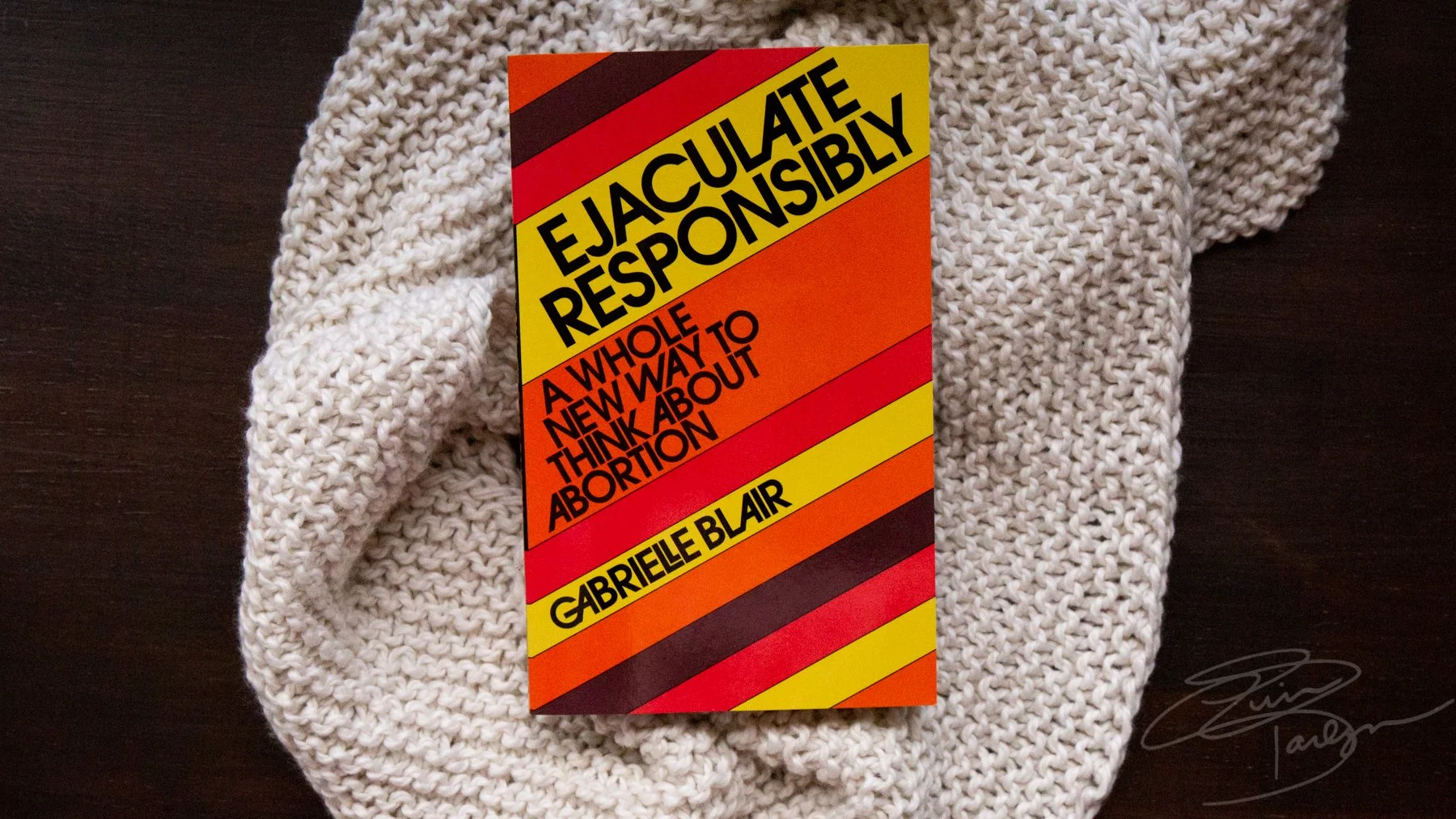Book Review: Ejaculate Responsibly, A Whole New Way to Think About Abortion, by Gabrielle Blair
Rating: 4 stars of 5
Ejaculate Responsibly is a quick read about the author’s position on this relevant topic. She uses short, readable chapters to present data to back up her position - one that posits that we are really focusing on the wrong thing as society debates and legislates and makes abortion the prominent factor of discussion when there are other things that are playing a larger role in the issue but that go ignored.
I agreed with most of what she said. Many of her arguments are completely logical, and I liked that she shared facts rather than just her own opinion to back them up.
There were a few places, though, where I thought she used overgeneralizing language (a pet peeve of mine, as such language rarely accounts for the nuances of real life with very different humans involved), where editing errors distracted from the text, where she was noticeably repetitive, where something she said was questionably accurate or where a comparison she was making did not represent a true contrast. There was also an instance in which she was recommending sperm banking prior to vasectomy (just in case), which is fine, except that she had been previously making the argument that a vasectomy is cheaper than female sterilization. The cost of sperm retrieval and continuous storage costs can be quite expensive, too, which negated her previous point a bit (the comparison of the risks of each procedure are still fair, however).
There were also a couple of decisions, which I presume to have been made by the publisher and not the author, that I found off-putting.
The first is that each page of the book has red ink printed along its inner side where it meets the spine. It appears to have been done on purpose as a design choice, but it bothered my eyes as I was reading. I would probably not purchase another physical book with this “design feature.”
Secondly, I did not like the choice to not print the citations within the book block. The first note I made to myself as I was reading was that there appeared to be no citations for referenced material (studies, etc.), which really bothered me. I was incredulous that, even in places where she was directly quoting a scientific paper, there was no reference to the source material provided within the text. When I checked the back of the book where I would expect to see a list of references, it was not there. I later realized (as I finished the book), that there is a note on page 129, just before the author’s acknowledgements, that all of the citations are instead available online. I did not like this choice (again, I presume it to have been made by the publisher) to not print the citations within the book. I like to check citations as I read and make notes about things I’d like to look up and read for myself, and I do not like to have to sit with a screen up whilst I read to check citations elsewhere. Additionally, for someone who does not have regular access to the internet, this would make the reader’s verifying of the information presented more difficult. If there are problems with the internet in the future and the list becomes inaccessible, the book has virtually no cited references available to reinforce its claims. I hope this is not going to become common practice with publishers.
Overall, I would recommend reading this book. It offers a valid and useful perspective. If there is a future edition, I hope the publisher will print the citations within it rather than solely making them available online.

